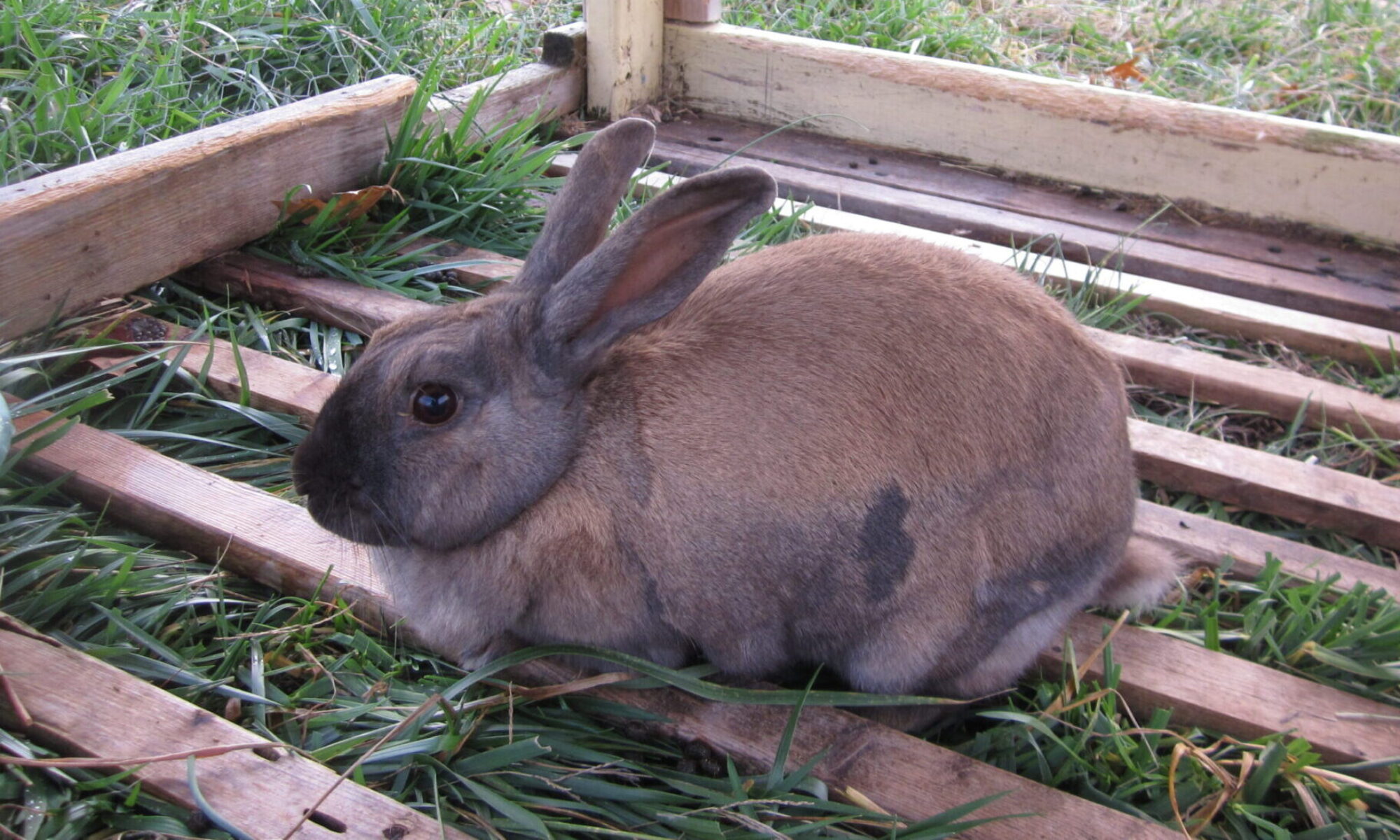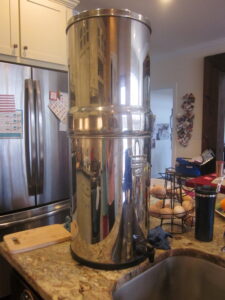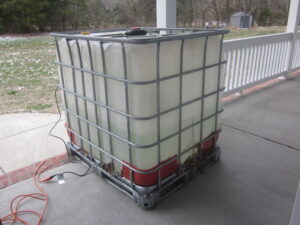So, we have our garden for this year, and we planted a ton of great stuff, and everything is growing really well. We’ve been pretty good about planting on time, weeding, etc., and we’re really excited to see the harvest. Now, in the past, we have had a pretty hard time planning our meals around what’s ready in the garden, and a lot of it has gone to waste. So this time we’re trying to be ready to eat the great food while it’s available.
Problems and Solutions
We have found a few things blocking our way to actually enjoying the fruit of our labors:
1) There is way too much of one food, and we get absolutely sick of it! For example, this year we planted radishes, which we like. However, if you didn’t already know, every seed makes a radish, and sprinkling a bunch of seeds everywhere makes… a bunch of radishes! So, we have a bunch of radishes sitting in our fridge and they’ll probably just end up going to the chickens. Of course, it doesn’t help that we don’t harvest them in time…
2) We don’t harvest the food soon enough, and it got tough, bitter, and/or went to seed. This has happened with green beans, cherry tomatoes, and like I said, those radishes. Sometimes, like with green beans, you can’t see them, and so they grow way too long, or sometimes you just don’t need them, so they completely go to waste.
3) We don’t have enough of something to make a worthwhile meal out of. So we harvest what’s ready, and then don’t eat it because there isn’t enough. By the time there’s enough, the first ones are rotten. 😑 We have encountered this problem with green beans (again!) and it’s certainly a possibility with other crops like cherry tomatoes, asparagus, okra, etc. If you are a little low quantity-wise, you can mix and match! Don’t have enough green beans? Add some carrots to make mixed vegetables! Only a few cherry tomatoes? Add cucumbers for fresh eating, and peppers for on skewers or with Mexican food. Don’t be afraid to try out new combinations. Most things taste good together, so go ahead and think outside the box!
4) We don’t like to eat what we planted, so we just ignore it, and it gets wasted. For us, planting summer squash and lettuce is useless, because most of us (read: the kids) don’t like lettuce and summer squash. Simple solution: if you won’t eat it, don’t plant it! If what you like to eat is too hard to grow, or won’t grow in your area, then you might have to skip gardening, or learn to like some foods that will grow for you. If it ever came to starvation…😉 Or, just do animals!
5) We already had something planned for dinner, because we didn’t know that our veggies would be ready today. We weren’t prepared. This is probably the most common problem, at least for us. Of course, if you do things in time, to a high standard, that shouldn’t be too much of a problem, because you’ll know how long each plant takes until harvest. But, if you already planted everything, but you are lost as far as timing, here’s a few tips to tide you over:
-
- Use things like green beans, corn, and greens as sides for a meal you already have planned. Trust me, an extra green veggie will never hurt!
- If you don’t have something planned, make a huge mish-mash of all your garden veggies and have it for salad, stir fry or as something to dip in hummus, ranch, or any other sauce you like. Like I said, almost any combination will do as something!
- If you just don’t know how to utilize your harvest: peppers and tomatoes make great salsa, chili, or grilled veggies, and go well with pasture raised beef. Carrots and other root veggies like potatoes go great in some chicken broth for a hot, nutritious soup. Lettuce, kale, and cabbage make great side salads and coleslaw, especially if you mix the two and add a great dressing and some dried fruit and nuts.
- And if you just can’t think of a single thing, you can always freeze, can, or dry your harvest. Then, when your head clears, you can find a really delicious use for those great garden veggies.
Good luck!


